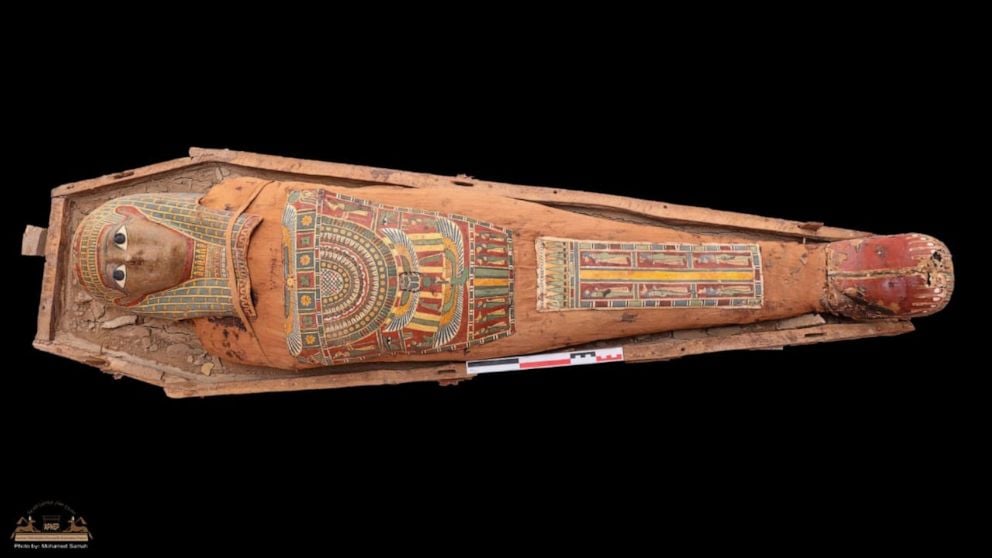
It may appear impossible to hurt the feelings of a 3,000-year-old corpse, but, in the interest of respect, The British Museum—along with other museums—has recently banned the term “mummy” to describe the remains of ancient Egyptians.
They claim that referring to a person’s remains in such a way dehumanizes the deceased and is a humiliating throwback to Britain’s colonial past. Hence, the politically correct phrase is now “mummified person” or “mummified remains.”
The British Museum utilizes the latter phrase to remind visitors that they are looking at the remains of people who once lived. Likewise, the Great North Museum: Hancock, located in Newcastle upon Tyne, England, has adopted the new terms for its mummified woman, Irtyru, who is from around 600 BC, to recognize the history of colonial exploitation and give her the respect she deserves.
National Museum of Scotland removes the word ‘mummy’
The British Museum, the National Museums of Scotland & the Great North Museum: Hancock have decided that, whenever possible, they will stop using the term “mummy” & speak instead of the “mummified remains of” the individual in question.
Via @elpaisinenglish Thoughts? pic.twitter.com/wktadR4Rhj— Nigel J.Hetherington CEO (@Pastpreservers) January 25, 2023
The National Museum of Scotland in Edinburgh has similarly removed the term “mummy” from its labeling of human remains. An official spokesperson stated, “Where we know the name of an individual, we use that; otherwise, we use ‘mummified man, woman, boy, girl, or person’ because we are referring to people, not objects.”
“The word ‘mummy’ is not incorrect,” said the spokesperson, “but it is dehumanizing, whereas using the term ‘mummified person’ encourages our visitors to think of the individual.”
Museums are also concerned that the name has negative associations because of several horror B-movies, such as The Mummy (1932).
“Legends about the mummy’s curse and movies portraying supernatural monsters…can undermine their humanity,” said Jo Anderson of the Great North Museum.
Why are they called mummies?
Although the word “mummy” has been in use in English since at least 1615, there have been arguments that the term has colonial roots since it originates from an Arabic word.
The use of the term “mummy” is not incorrect in and of itself, as pointed out by the National Museum of Scotland spokesperson. The blackish-brown resin used to embalm the deceased in Ancient Egypt is in fact called “mumiya.”
Mummies came to be known as such because of their shriveled, dry appearance after embalming. It was in the sixteenth century, when Europeans began referring to preserved remains from various civilizations as “mummies.”
Later on, during the Victorian era (1837-1901), there was a trend of discovering mummies, and, during British imperial times (1815-1914), many artifacts, including mummies themselves, were transported to Britain.
In a statement, the manager of the Great North Museum, Adam Goldwater, said: “By displaying the mummies more sensitively, we hope our visitors will see [Irtyru’s] remains for what they really are—not an object of curiosity, but a real human who was once alive and had a very specific belief about how her body should be treated after death.”
Although the use of the word “mummy” is not prohibited, the British Museum now refers to mummified remains as the “mummified remains of” whomever the person in question is.
See all the latest news from Greece and the world at Greekreporter.com. Contact our newsroom to report an update or send your story, photos and videos. Follow GR on Google News and subscribe here to our daily email!



